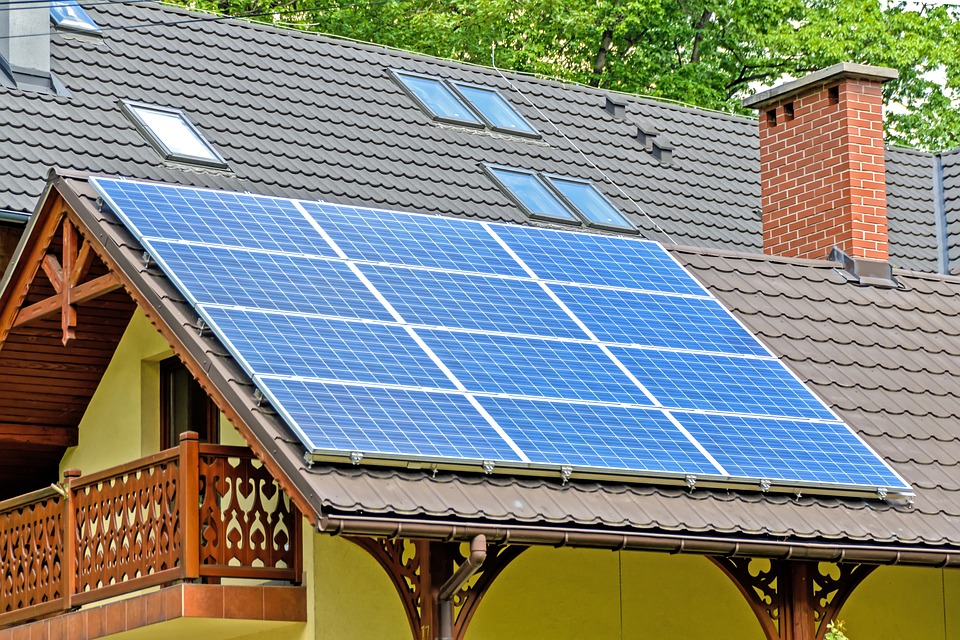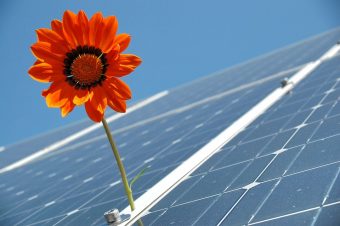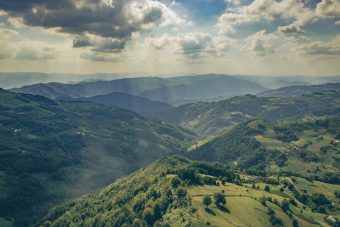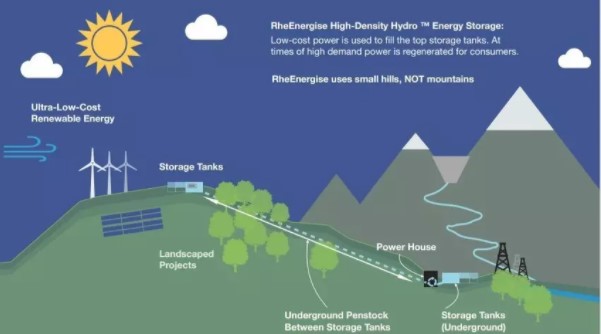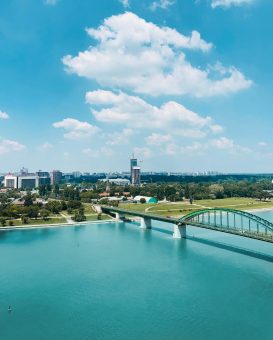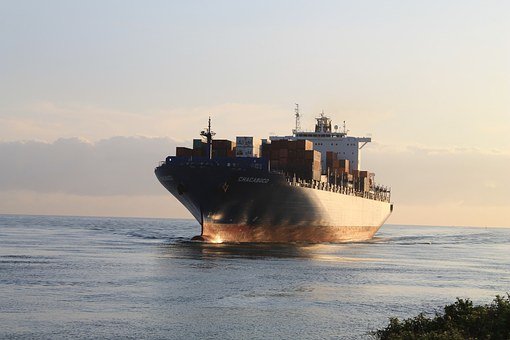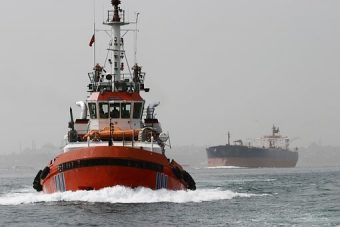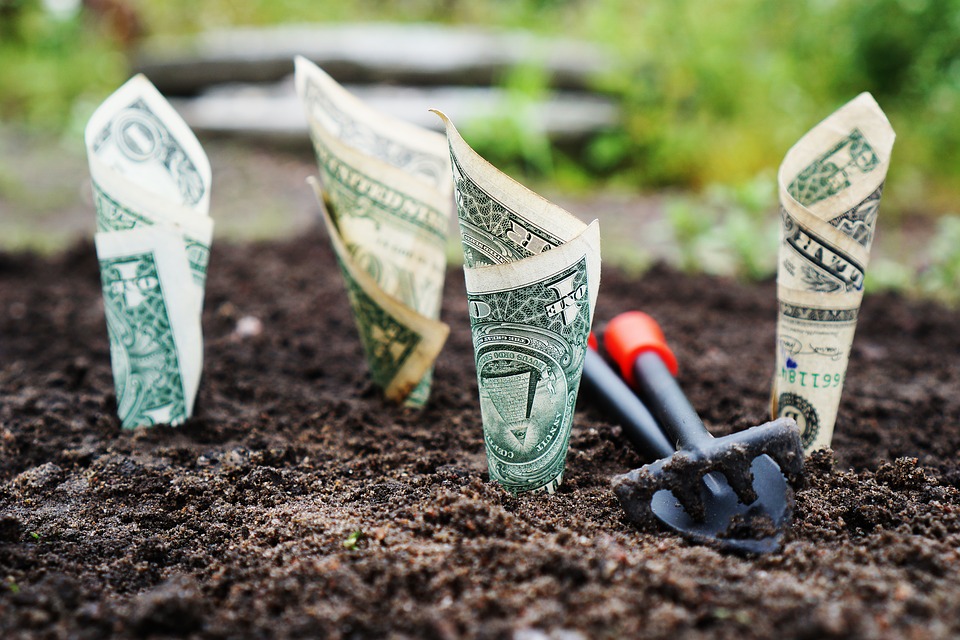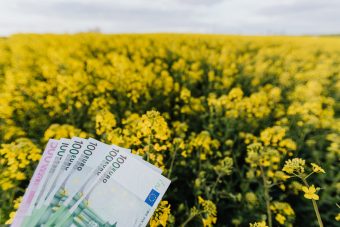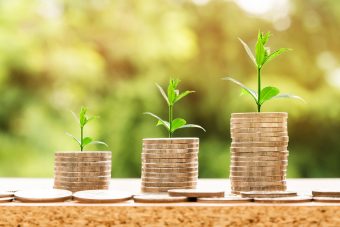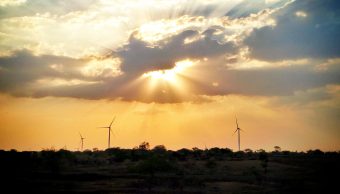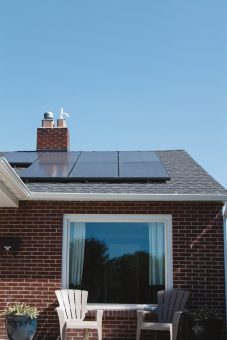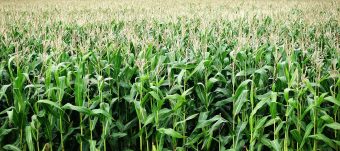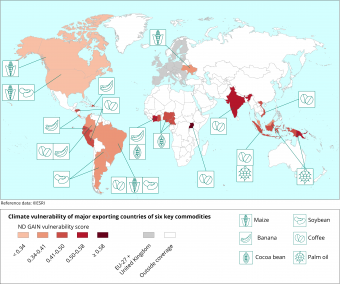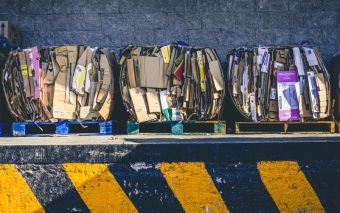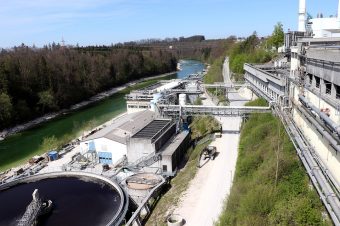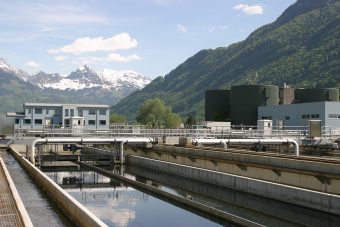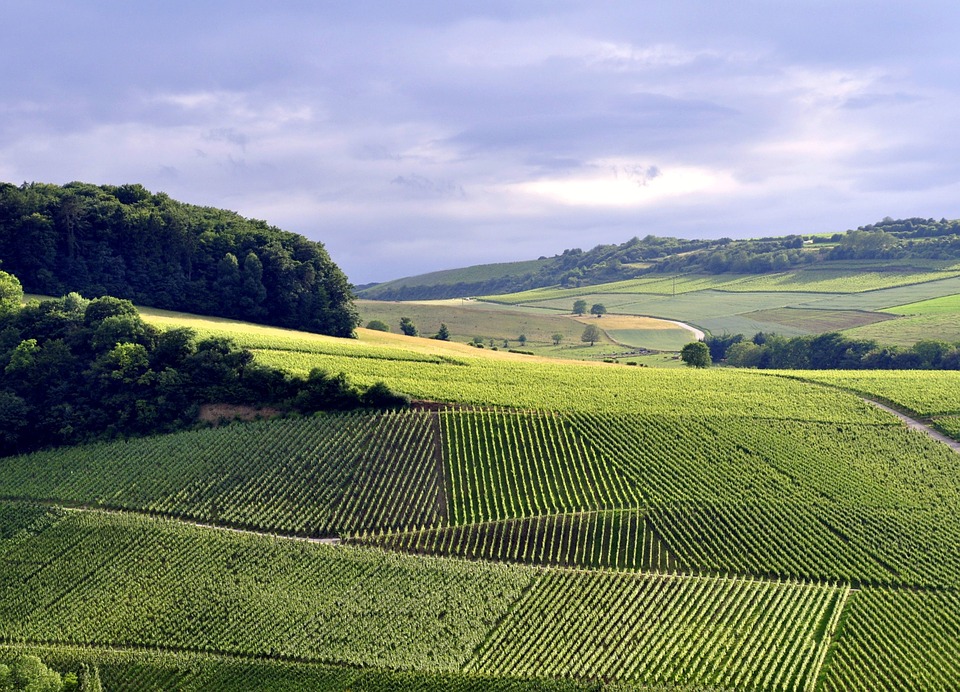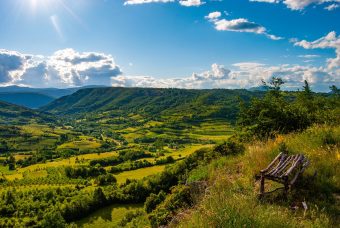
A clothing company in the Philippines that uses scrap material to make shoes. A technology startup in Ireland that allows strangers to swap little-used clothes. And a fashion house in Brazil that produces zero waste and repurposes old clothes into new ones.
These are three of a growing number of companies that are bucking an environmentally destructive trend towards fast fashion.
The textile industry, say observers, has long been primed for a circular makeover.
Amid rapacious demand for cheap, on-trend clothing, it has become a major driver of climate change: some sources say that the textile sector accounts for about 8 per cent of the world’s greenhouse gas emissions. Producing one kilogram of textiles also uses over half a kilogram of chemicals, and consumes huge quantities of fresh water.
More:
“The fashion industry has long been criticized for the impact it has on the environment,” said Elisa Tonda, Head of Consumption and Production Unit at the United Nations Environment Programme (UNEP). “Much of that criticism is justified. But at the same time, there is a lot of innovation happening right now that bodes well for the future.”
Tonda made the comments ahead of the United Nations Environment Assembly (UNEA), where some discussions focused on what’s known as the circular economy, that prizes reusing things – from beverage bottles to camisoles – instead of throwing them away.
UNEA also saw the launch of a Global Alliance on Circular Economy and Resource Efficiency, established by UNEP, the European Commission and the United Nations Industrial Development Organization (UNIDO). The alliance builds on existing regional initiatives (such as the African Circular Economy Alliance) to speed up transition to a global circular economy through more efficient, equitable use of resources. It also promotes sustainable consumption, production and industrialization.
A good time for change
The economic recovery from COVID-19 offers a rare opportunity to dramatically shift the trajectory of many industries, including textiles.
“Tying financial stimulus packages to actions that align with the Sustainable Development Goals and the Paris Agreement will lock in long-term resource efficiency and decouple economic growth from environmental degradation,” said Archana Datta, a Project Coordinator for India, at the SWITCH-Asia initiative, which promotes sustainable production and consumption.
Circularity and sustainability also make economic sense for businesses, data suggests. Even before Covid-19, just 60 per cent of garments were sold at full price, creating billions of dollars of lost revenues. Smart product design has the potential to eliminate production waste and reduce pollution across the processing phase, helping businesses save money.
Circularity would also be good for the climate. Switching to more circular business models, including fashion rentals, re-commerce, repair and refurbishment, could help the industry cut around 143 million tonnes of greenhouse gas emissions in 2030.
A green recovery
A UNEP study recently found that in order to make the fashion industry more sustainable, there needs to be stronger “governance” of the sector, more financing for planet-friendly innovations and a concerted effort to change the consumption habits of consumers.
Several promising initiatives are already helping with the latter. Through a smartphone app, Ireland-based Nuw allows users to swap rarely worn clothes instead of tossing them away. In the Philippines, apparel company Phinix collects waste textiles and transforms them into footwear and bags. Their products have just 10 per cent of the carbon footprint of regular apparel. Finally, by upcycling and avoiding plastic packaging, among other things, Brazil fashion house Refazenda has eliminated its solid waste.
UNEP is creating a roadmap to help other textile companies follow the lead of those businesses. Set to be released in June 2021, it will showcase concrete actions that textile companies can adopt to green their business.
Source: UNEP



